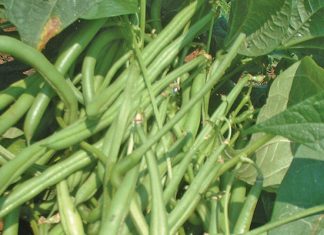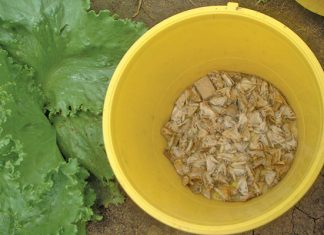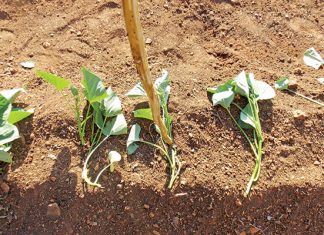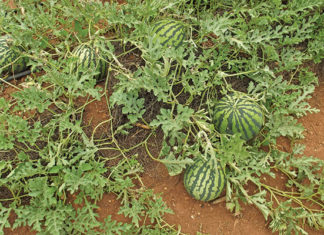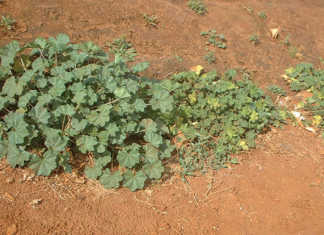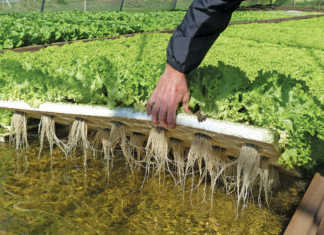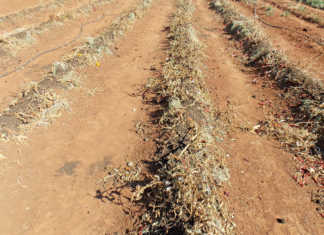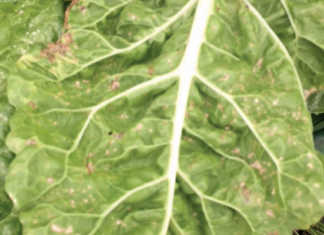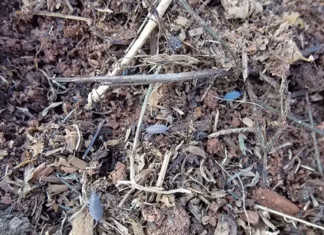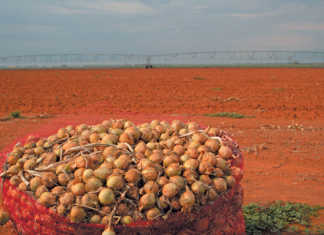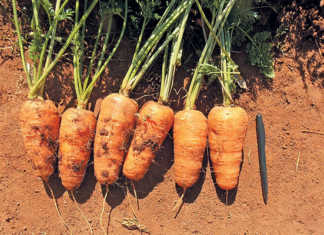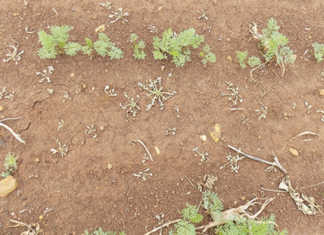Planting and harvesting green beans
Visual appeal plays a major role in the breeding of beans. Darker green, slender, straight beans have become more popular of late.
Save money on chemicals
Farmers often ask for pest control programmes for their crops. They see them as a form of insurance. Is this justified? In a word, no!
Ammonia-based fertiliser explained
Nitrogen fertiliser comes in two formulations: ammonia-based and nitrate-based. To make the correct choice, you need to understand the difference.
Pest management in peppers
Sweet peppers need adequate levels of potassium and nitrogen. Before planting, you should therefore have a soil analysis done and apply potassium accordingly.
The knapsack sprayer: still useful!
Recent years have seen the introduction of ever-more advanced crop sprayers, many of which are air-assisted to improve penetration into foliage.
A beginner’s guide to planting sweet potatoes
Sweet potatoes are so hardy and easy to grow that they could almost be classified as weeds! Even without optimal fertilisation and care, they produce reasonably well, unlike many other...
How to reduce the risk of viruses in capsicums
Seed is a potential source of viruses in capsicums. However, it is a rare occurrence these days, as seed producers are keen to protect their reputations and take stringent precautions...
Watermelon planting tips
Many watermelon growers plant as soon as possible in the season so they can market the crop early, when prices are high.
Watch out for these common vegetable pests
Pests are an ongoing threat to vegetables, and need to be controlled effectively and timeously to prevent damage to the crop.
How to grow Swiss chard at home
Swiss chard can either be sown directly or transplanted. Both methods have their pros and cons.
Getting ready to plant cucurbits
Before planting a land to any of the cucurbits, you should kill off all broad-leaved weeds nearby, preferably well beforehand.
Adaptation key to vegetable farmer’s sustainable growth
Viking Farming near East London in the Eastern Cape is a small but intensive vegetable operation that supplies supermarkets and processors across the Eastern Cape and even the Western Cape....
No-till: increasing soil organic content
With no-till farming, you need to try to gradually increase the organic content of the soil.
Beware of that foliar feed mixture!
Company representatives often bombard farmers with products claimed to increase yield at little cost.
The benefits of organic matter
When the soil contains sufficient organic material, farming becomes far easier and less risky. In contrast, in a chemically based system, the interaction between the minerals becomes critical and complex,...
Growing a variety of soil microbes
Most farmers are aware that a healthy population of soil organisms is a good thing. What many don’t understand is that the number of soil organisms is directly related to...
Hi-tech onion business delivering 200t a day!
Willem, Jaco and Kolver Mulke produce onions on a large scale near Douglas on the border between the Free State and the Northern Cape. Sabrina Dean visited their high-tech operation...
A guide to growing baby carrots
There’s always a market for baby vegetables, and carrots are no exception. In the past, top-shaped baby carrots were the most popular in the frozen range.
Carrots: get your numbers right!
Hot weather is unfavourable for carrot germination. Depending on the soil’s condition and structure, it also promotes the growth of soil fungus diseases, especially when heavy rain falls, as is...
Preparing to plant carrots: seeds and soil
Carrots have a very deep root system and a mass of fine feeder roots.
ADVERTISEMENT
MUST READS
ADVERTISEMENT
ADVERTISEMENT

